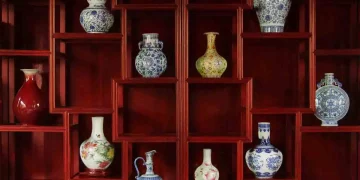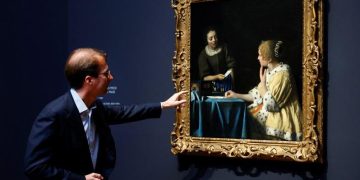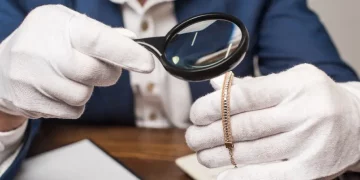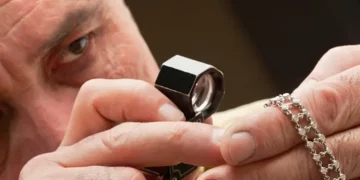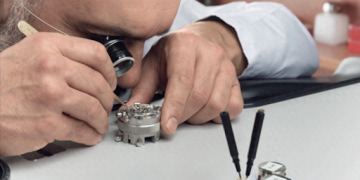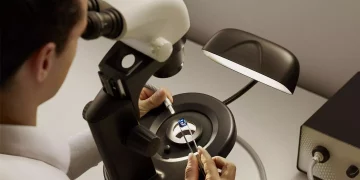Collecting valuable items, whether art, vintage cars, rare books, antiques, or memorabilia, can be both a rewarding hobby and a profitable investment. However, for a collectible to maintain or even increase in value over time, it requires proper care and maintenance. Unfortunately, many collectors overlook this crucial aspect, leading to the deterioration of their items, which can drastically lower their value.
The truth is, no matter how rare or desirable a collectible is, its value can be significantly impacted by neglect, poor storage, or improper handling. To ensure that your collection retains its worth, it’s essential to know how to maintain it properly. This article will cover the key maintenance techniques to help you protect your collectibles, increase their longevity, and ultimately safeguard their investment potential.
1. Proper Storage: The Foundation of Preservation
The environment in which a collectible is stored plays a pivotal role in determining its longevity. Whether you own fine art, vintage watches, or rare stamps, the wrong storage conditions can lead to irreversible damage. Here’s how you can create an optimal storage environment for your items.
Climate Control
Temperature and humidity are two of the most important environmental factors when it comes to preserving collectibles. Extremes in temperature or fluctuating humidity levels can cause irreversible damage, such as fading, warping, cracking, or rusting.
- Artworks: Paintings and prints should be stored in rooms with consistent temperatures (ideally 65-75°F or 18-24°C) and humidity levels (40-60%). This is especially important for works on paper, which are more vulnerable to environmental changes.
- Books and Documents: Old books, manuscripts, and documents should be stored in a cool, dry environment to prevent mold, mildew, or the deterioration of paper. They should be kept away from direct sunlight and excessive moisture.
- Vintage Cars: Classic cars need a dry, temperature-controlled space. Consider investing in a garage or storage facility with climate control to prevent rusting or engine degradation.
Light Protection
UV rays from direct sunlight can fade and degrade almost any collectible. Artworks, textiles, antiques, and even vintage furniture can suffer from prolonged exposure to light. In some cases, direct sunlight can cause colors to fade or materials to break down.
- Art: Frame your artwork with UV-protective glass to minimize exposure to harmful rays. If possible, display pieces in rooms with little or no direct sunlight.
- Furniture and Textiles: Consider using UV-blocking window films or placing items in areas where they won’t be exposed to sunlight for prolonged periods.
Use Appropriate Containers
Many collectibles, especially delicate items like coins, stamps, or rare toys, require special storage containers to ensure their protection. Acid-free boxes, sealed plastic cases, and archival materials will help preserve the condition of your items.
- Coins and Stamps: Use acid-free holders or plastic slabs designed specifically for numismatics or philately.
- Toys and Memorabilia: Use dustproof display cases to protect them from environmental factors like dust, sunlight, and humidity.
Tip: Invest in a climate-controlled storage space or display cases to ensure a consistent and safe environment for your collectibles.
2. Regular Cleaning and Maintenance
Proper cleaning is another essential aspect of preserving your collectibles. However, it’s important to use the right cleaning techniques, as improper cleaning methods can damage delicate surfaces or materials.
Handling Dust and Dirt
Over time, dust and dirt can accumulate on your collectibles, and while cleaning is essential, it’s crucial to avoid damaging delicate surfaces.
- Artworks: Never use harsh chemicals to clean artwork. For most paintings, dusting with a soft, dry brush or microfiber cloth is sufficient. For framed artwork, you may need to periodically clean the frame to keep it in pristine condition.
- Vintage Watches: For watches, regularly clean the casing with a microfiber cloth to remove oils and dust. Avoid using water on vintage watches unless they’re explicitly designed for it, as water damage can significantly reduce their value.
- Furniture and Antiques: Wood furniture and antiques should be wiped with a soft, dry cloth. If necessary, use a wood cleaner that’s specifically designed for antique finishes. Avoid using harsh chemicals, which can strip away the finish and reduce the item’s value.
Specialized Cleaning Products
Certain collectibles require specialized cleaning products to ensure they’re not damaged during the cleaning process.
- Coins and Stamps: Do not clean coins or stamps unless you are an expert. The cleaning process can strip away important features, such as patina, and significantly decrease their value.
- Textiles: Vintage fabrics, such as clothing or quilts, should be cleaned by a professional conservator who specializes in textile care. They can remove dirt and stains without harming the fabric.
Tip: Always test any cleaning solution on a small, inconspicuous area before applying it to the entire collectible.
3. Handle with Care: Minimizing Physical Damage
Even when stored properly, improper handling can cause significant damage to your collectibles. Being mindful of how you handle items is crucial to preserving their condition and value.
Use Gloves and Proper Tools
For particularly delicate items, such as artwork, vintage jewelry, or rare coins, always wear gloves to prevent oils and dirt from your hands from transferring to the surface. Cotton gloves are ideal for handling delicate materials, while specialized gloves should be used for more valuable items.
- Books and Paper: When handling old books or documents, use cotton gloves to avoid transferring oils and dirt from your hands. Be careful when turning pages or handling the edges to prevent tearing.
- Antiques and Furniture: When moving furniture or antiques, always use the proper lifting techniques. Avoid dragging items across floors, as this can cause scratches or breakage.
Use Proper Display Techniques
When displaying collectibles, ensure that they are securely positioned to avoid accidental damage. For example, fragile items should be displayed in protective glass cases to prevent dust buildup and physical damage.
- Artwork: Hang artwork securely, ensuring that it’s positioned safely away from high-traffic areas or places where it could be knocked over or exposed to extreme conditions.
- Vintage Cars: When storing or displaying vintage cars, consider using custom-fit covers to protect them from dust, moisture, or minor abrasions.
Tip: Always handle your collectibles with care. Use appropriate tools and take your time when moving or touching valuable items.
4. Periodic Professional Inspections and Servicing
Certain types of collectibles, such as vintage cars, musical instruments, or rare watches, require regular professional servicing to maintain their condition and value.
Regular Inspections for Wear and Tear
Professional inspections can detect potential issues before they become serious problems. For example, vintage cars should be inspected for rust or engine issues regularly, while rare watches may need to be serviced periodically to ensure they remain in working condition.
- Watches: Vintage watches often need servicing to keep them running smoothly. This includes oiling the movement, replacing parts as necessary, and checking for water resistance.
- Vintage Cars: Classic cars should be checked for rust, engine wear, and other mechanical issues. Regular maintenance will ensure that the car’s value is preserved and will make it more desirable to future buyers.
Specialized Conservators
If your collection includes art, rare books, or documents, consider working with a professional conservator who specializes in the preservation of these types of items. They can repair minor damage, stabilize fragile materials, and offer advice on how to best preserve your collection for the future.
Tip: Schedule regular check-ups with professionals who specialize in maintaining the specific type of collectibles you own.
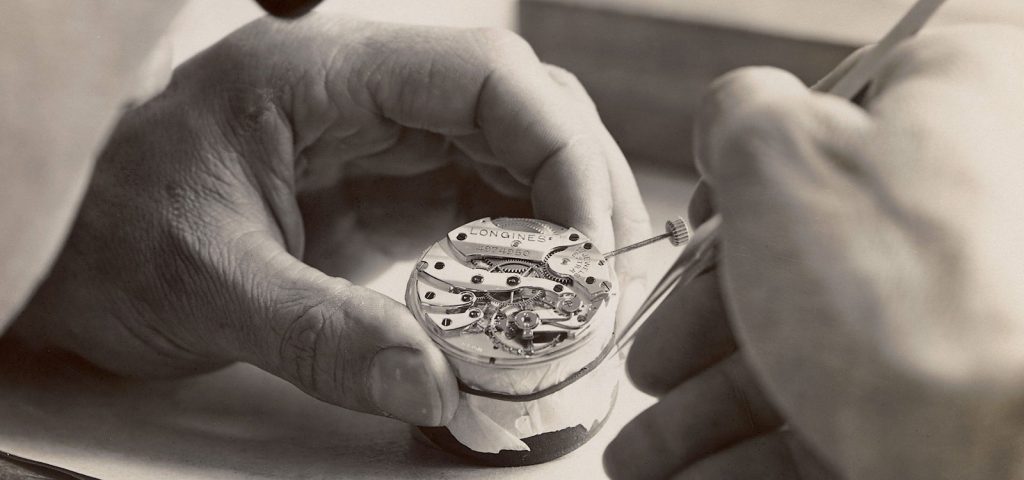
5. Insurance: Safeguarding Your Investment
For valuable collectibles, having proper insurance coverage is critical. Accidents, theft, or natural disasters can happen, and having the right insurance can protect you from substantial financial loss.
Specialized Insurance
Unlike typical homeowner’s insurance, collectible insurance policies are designed specifically to cover items of value. These policies are tailored to the unique needs of collectors and ensure that your items are properly insured, both in storage and while on display.
- Documentation: Make sure that your collection is well-documented with detailed descriptions and photos. This will help ensure you are compensated fairly if something happens to your items.
- Appraisals: Have your collectibles professionally appraised regularly. This helps ensure that your insurance coverage is up-to-date and accurately reflects the current market value of your collection.
Tip: Always insure your high-value collectibles with specialized coverage to ensure they’re protected in case of loss or damage.
Conclusion
While owning valuable collectibles can be a fulfilling investment, it requires ongoing care and attention to preserve their value. By implementing proper storage, cleaning techniques, handling practices, and seeking professional services, you can ensure that your collectibles not only retain their value but also stand the test of time. Whether you’re investing in art, rare books, vintage cars, or antique furniture, a little effort can go a long way in protecting your prized possessions. After all, the longer you preserve the integrity of your collection, the greater its potential to increase in value over time.





